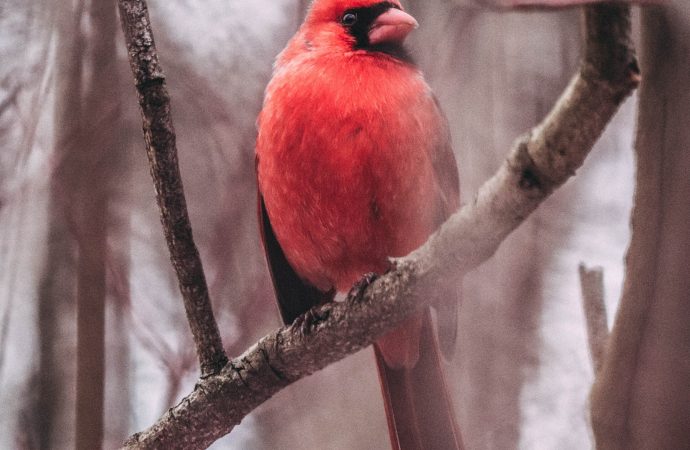As climate change continues to shape our planet, its impact on wildlife is becoming increasingly evident. Among the many affected species, birds are showcasing remarkable adaptations to survive in the face of environmental shifts. In this article, we delve into the strange effects of climate change on avian populations and explore the surprising ways they
As climate change continues to shape our planet, its impact on wildlife is becoming increasingly evident. Among the many affected species, birds are showcasing remarkable adaptations to survive in the face of environmental shifts. In this article, we delve into the strange effects of climate change on avian populations and explore the surprising ways they are adapting to ensure their continued existence.
Climate change has altered ecosystems around the globe, disrupting long-established patterns of temperature, precipitation, and food availability. These changes have led to a multitude of challenges for birds, but they are not sitting idly by. Through a combination of behavioral, physiological, and morphological adjustments, avian species are displaying fascinating adaptations to navigate the uncertain terrain of a changing climate.
One of the most notable adaptations observed in bird populations is the shifting of their breeding and migration patterns. Rising temperatures have prompted some species to alter their timing, advancing or delaying their reproductive cycles to align with shifts in food availability. For example, studies have shown that certain bird species are breeding earlier in response to earlier peak food abundance brought about by warmer springs.
Another intriguing adaptation is the expansion of ranges and shifts in distribution. As temperatures change, birds are venturing into new territories in search of suitable habitats. This phenomenon has been observed in both resident and migratory species, with some birds colonizing higher latitudes or altitudes where conditions have become more favorable.
Beyond behavioral adjustments, birds are also exhibiting physiological changes in response to climate change. Some species are adapting by modifying their metabolic rates, which can impact energy expenditure and overall survival. For instance, research has shown that certain bird populations are experiencing alterations in their resting metabolic rates, potentially helping them cope with changing environmental conditions.
Morphological adaptations are also emerging as birds strive to survive in a changing world. Changes in body size and wing length have been observed in several species, potentially influencing flight efficiency and foraging strategies. For example, studies have revealed that certain bird populations have experienced variations in body size, with individuals becoming smaller or larger to better adapt to new environmental conditions.
The ability of birds to adapt to climate change is a testament to their resilience and flexibility. However, these adaptations come with their own set of challenges and uncertainties. Rapid environmental shifts may outpace the adaptive capacities of some species, leading to population declines and increased vulnerability to other stressors.
It is essential for scientists, conservationists, and policymakers to closely monitor these adaptations and their implications for bird populations and ecosystems. Protecting and restoring crucial habitats, implementing sustainable land management practices, and reducing greenhouse gas emissions are vital steps in preserving the diversity and resilience of avian species.
The strange effects of climate change on birds serve as a powerful reminder of the urgent need to address the root causes of global warming. By mitigating our impact on the environment and taking proactive measures to reduce carbon emissions, we can provide a more secure future for these incredible creatures and the delicate ecosystems they inhabit.
In conclusion, the strange effects of climate change on birds highlight their astonishing ability to adapt to ever-changing conditions. Through behavioral adjustments, physiological changes, and morphological adaptations, avian species are attempting to survive in an increasingly uncertain world. Understanding and protecting these adaptations are crucial for ensuring the long-term survival of our feathered friends and the preservation of our natural heritage.

















Leave a Comment
Your email address will not be published. Required fields are marked with *